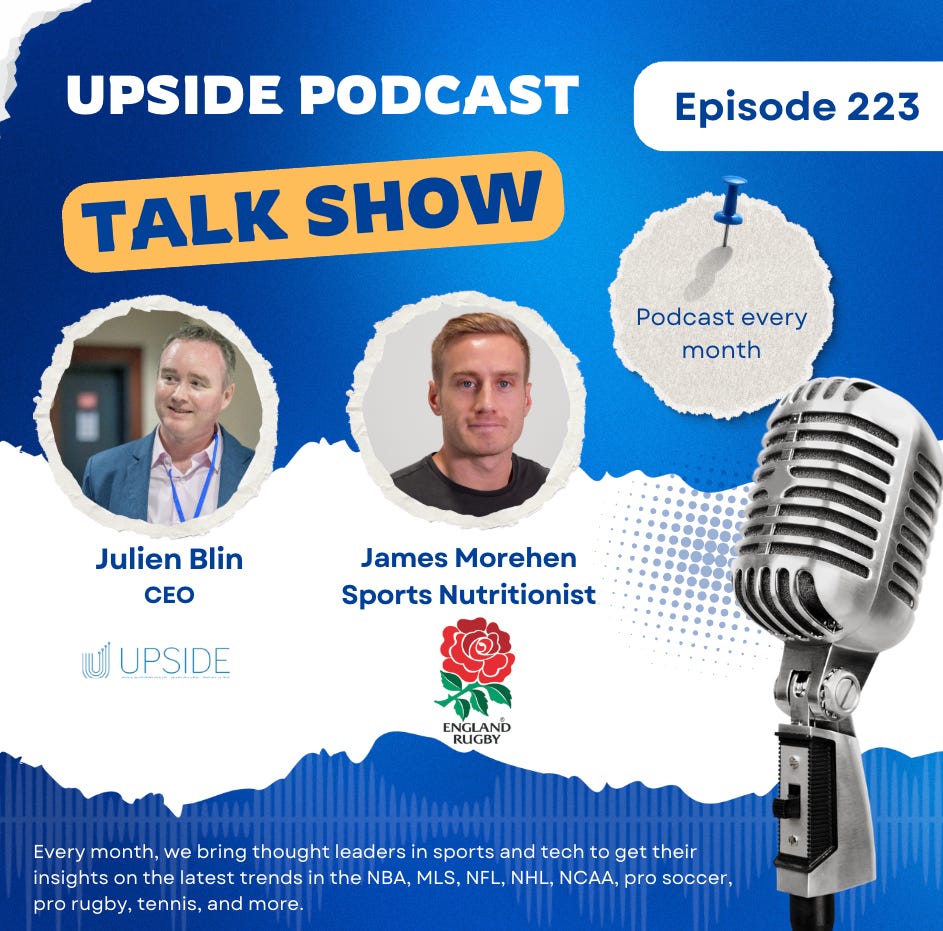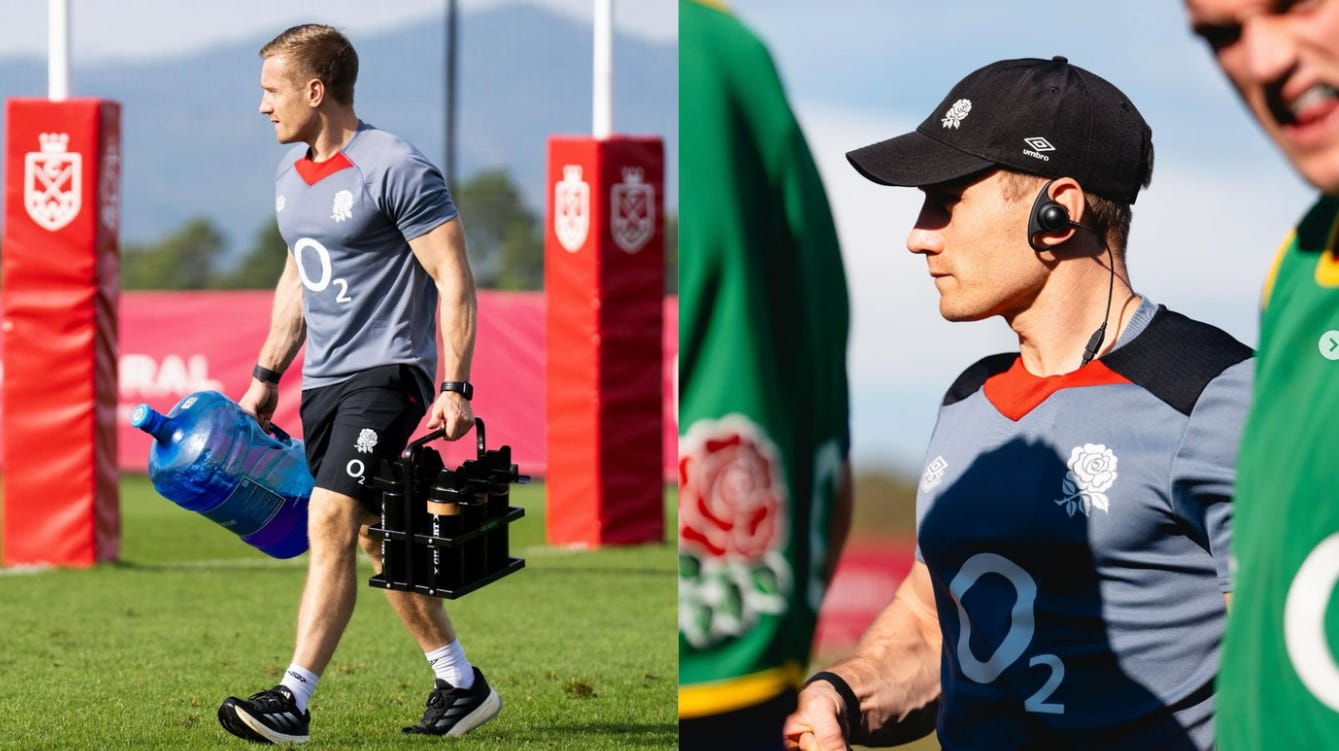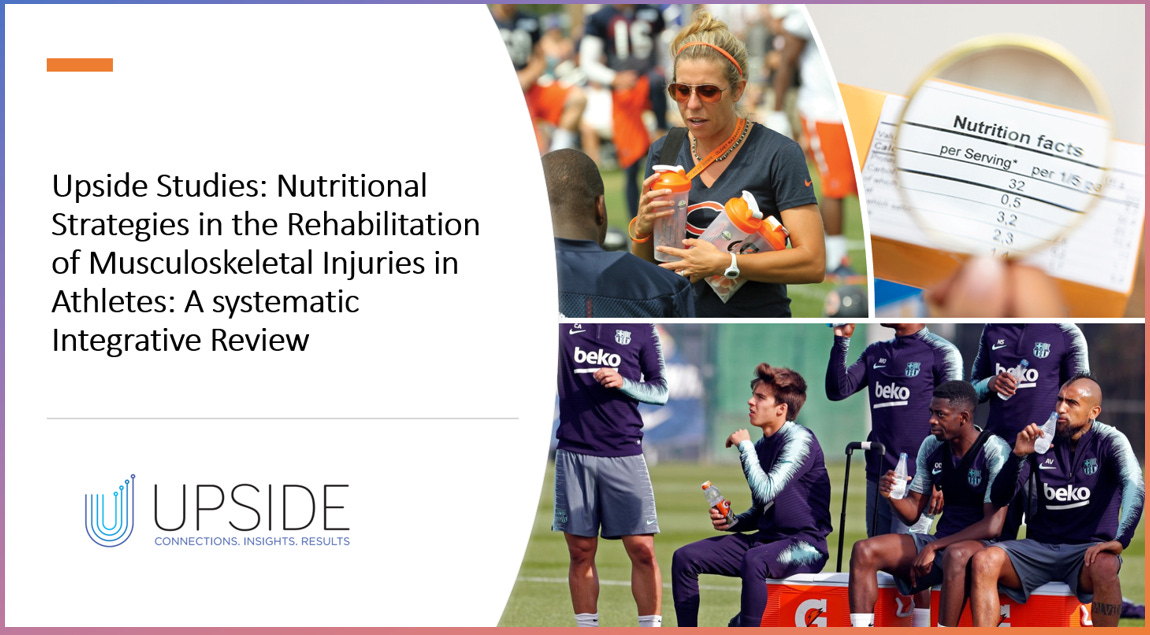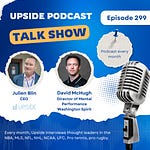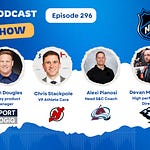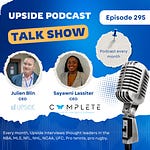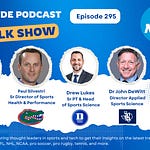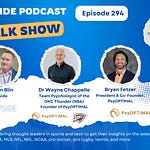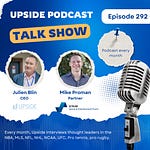Today we have the honor of interviewing James Morehen, sports nutritionist from the England men national rugby team.
James originally started out as a snowboard instructor in Canada from ages 18 to 21, but then decided he wanted to pursue an academic career in sports science. He studied at Liverpool John Moores University, where he completed an undergraduate degree in sports science, a master’s in sports physiology, and eventually a PhD in applied physiology and sports nutrition. Throughout his studies, he had the opportunity to work with some outstanding academics, including Professor Graeme Close and James Morton, who helped shape my career.
Picture: James Morehen
During his PhD, he built up experience by volunteering with athletes at the university and working with professional rugby league teams like Widnes Vikings and Warrington Wolves. He then worked for England football, looking after the men’s and women’s pathways alongside his colleague Dr Chris Rosimus. He then joined Bristol Bears Rugby Union as their lead nutritionist while continuing he private work with elite athletes in boxing, Formula 1, and motorsport. That experience led him to his current role with the England national rugby team.
📝Show Notes: Through this interview, we touched on his background, and his role at at the England national rugby team. He then discussed what his typical day looks like. He also touched on the best practices in terms of nutritional strategies from a day prior to the game as well as his approach when it comes to nutrition with the first team (Men team). He also shared his thoughts on the impact of technologies (wearables, nutritional platforms..) on teams' nutritional strategies. James also discussed some of his favorite technologies that you use frequently and how he sees technologies impacting teams’ nutritional strategies in the coming years.
You can read the full transcript of the podcast interview with James located at the top of this blog post.
Here are the quotes from the interview with James:
Q1. Background and Role at England National Rugby Team
"I’ll try to summarize the last ten years in just a couple of minutes. I originally started out as a snowboard instructor in Canada from ages 18 to 21, but then decided I wanted to pursue an academic career in sports science. I studied at Liverpool John Moores University, where I completed an undergraduate degree in sports science, a master’s in sports physiology, and eventually a PhD in applied physiology and sports nutrition. Throughout my studies, I had the opportunity to work with some outstanding academics, including Professor Graeme Close and James Morton, who helped shape my career."
"During my PhD, I built up experience by volunteering with athletes at the university and working with professional rugby league teams like Widnes Vikings and Warrington Wolves. Once my PhD funding ran out, I needed to get a ‘real job,’ so I applied for a role with the Football Association (FA) and landed a position working with England football, looking after the men’s and women’s pathways alongside my colleague Dr Chris Rosimus. But deep down, I knew I wanted to return to rugby, so I joined Bristol Bears Rugby Union as their lead nutritionist while continuing my private work with elite athletes in boxing, Formula 1, and motorsport. That experience led me to my current role with the England national rugby team, where I’ve been for just over a year now, after an initial 18-month stint with the England women’s team, the Red Roses."
Q2. What Does Your Typical Day Looks Like?
"My job with England Rugby is to ensure our players are in the best possible condition from a nutritional standpoint so they can perform at their peak during training and matches. This includes everything from body composition management, fueling strategies, and recovery protocols to menu planning, supplement provision, and individualized education sessions with players."
"One of the biggest aspects of my role is protecting the 72-hour window around a match. This involves making sure the players are properly fueled with carbohydrates leading up to the game, understanding what their energy demands will be during the match, and ensuring they recover properly in the first four hours post-game and the following day. Everything is structured to optimize their performance and readiness for the next match."
"Outside of my role with England Rugby, I also run my own business, where I work with individual athletes, from professional boxers to endurance athletes and weekend warriors. A big part of my job, both in the national team and in my business, is education—helping athletes understand what works for them so they can be the best version of themselves."
Q3. Best Nutritional Strategies a Day Prior to a Game
"The day before a match is absolutely critical in terms of fueling. Fundamentally, carbs are king. People often think of an 80-minute rugby match as just that, but when you factor in the warm-up, the halftime period, the adrenaline, and the mental demands, we’re actually looking at around 127 minutes of sustained energy demand. If a player isn’t adequately fueled, they will struggle to maintain intensity throughout the match."
"We typically aim for around 6 grams of carbohydrates per kilogram of body weight. For a 100kg rugby player, that’s 600 grams of carbs in a day, which can be quite an eye-opener. To put that into perspective, that’s the equivalent of about 12 to 15 jacket potatoes. Some players are shocked when they see how much food that actually is."
"Many athletes struggle to eat properly on game day because of nerves and adrenaline, which is why we emphasize getting the carbohydrate loading right the day before. If we get that right, they can go lighter on match day with a combination of solid food and liquid carbs—smoothies, carbohydrate-based drinks, and even gels if necessary."
Q4. What is Your Approach towards Nutrition with the First Team (Men’s Team)?
"One of the most unique things about rugby is that players experience not only exercise-induced muscle damage from running but also impact-induced muscle damage from collisions. Unlike American football or ice hockey, there are no pads or helmets—it’s pure, blunt-force trauma. The inflammatory response post-game is massive, and if we don’t fuel properly for recovery, it can significantly impact a player’s ability to train and perform at a high level."
"There was a great study by Dr. James Hudson that found rugby players’ resting metabolic rates increased by around 10% the day after a match, simply due to the body trying to heal itself. One of the most collision-heavy players in that study saw his daily caloric expenditure increase by 700 to 1,000 calories just from the recovery process."
"That’s why we encourage players to eat like kings the morning after a match—because we need to provide their bodies with the fuel to repair muscle tissue and recover from the trauma they’ve just endured."
Q5. How Much Calories Does a Rugby Player Typically Burn During a Rugby Game?
"Yeah, it’s a really good question and international test match rugby—I don’t think it’s ever been assessed. There might be activity logs or kind of activity wearables that might have been used in the past to track it. But to actually single out the 80-minute test match and work out what that calorie expenditure is, is very, very difficult. The only way that you might be able to tease the number out is to look at the GPS unit and look at the metabolic demand going through that GPS unit. But again, we know that that isn't going to be 100% accurate.
"If I was to guess right now on the call, an 80-minute test match, I’d be looking at between 500 to maybe 800 calories as an expenditure. When we’ve looked at some of my own PhD research, we looked at rugby league players, and we’ve got players that are expending around three and a half to five and a half, 6,000 calories a day."
Q6. What are Your Thoughts on the Impact of Technologies on Nutritional Strategies?
"The world of sports nutrition is evolving rapidly with the introduction of AI, wearable technology, and nutritional software. These tools are incredibly useful for practitioners like myself, allowing us to assess energy availability, track players’ fueling habits, and educate them on their nutrition in real-time."
"That said, I don’t believe technology will ever replace the human element of nutrition. The relationship between a nutritionist and an athlete is built on trust, experience, and understanding. Technology is a fantastic tool to enhance that relationship, but it shouldn’t dictate everything we do."
Q7. What are Your Favorite Technologies that You Used? Why?
"One of the most useful tools I use is the Carbs & Cals app, which was originally designed for diabetics but has been invaluable for our team. We have a type 1 diabetic player in the squad, and this app has helped us and him better understand carbohydrate content and glucose levels to optimize his performance."
"Another great tool is Hexis, which allows us to visualize where players might be falling into low energy availability throughout the day. It’s one thing to tell a player, ‘You need to eat more,’ but it’s another to actually show them, in real-time, how their energy levels are fluctuating."
"For our diabetic player, we also use the EnhanceD app, which helps us track glucose trends rather than reacting to individual readings. By understanding how different training types—strength sessions, running, or full-contact drills—affect his glucose levels, we can anticipate and optimize his fueling strategies ahead of time."
Q8. What Do You Think Will Be The Future Impact of Technology on Nutrition?
"Technology will continue to have a major role in sports nutrition, but as practitioners, our challenge is figuring out how to best use it without letting it override the human element of coaching."
"Athletes have been ahead of technology for years. They’ve been performing at elite levels long before wearables and AI came into the picture. Our job is to use technology to enhance their performance, not to let it dictate their every move."
"Continuous glucose monitors, hydration tracking patches, and AI-driven nutritional platforms will become more sophisticated, but at the end of the day, listening to the athlete and understanding their individual needs will always be more important than any single data point."
You may also like:
📈 🏈 Upside Studies: Nutritional Strategies in the Rehabilitation of Musculoskeletal Injuries in Athletes: A Systematic Integrative Review
Title: Upside Studies: Nutritional Strategies in the Rehabilitation of Musculoskeletal Injuries in Athletes: A Systematic Integrative Review
🔥 Upside Chat: Sean Harrington, Notemeal CEO (Online platform for nutritionists and dietitians)
This week we had the honor to interview Sean Harrington, CEO of Notemeal, a leading online platform for nutritionists and dietitians. Notemeal currently has 215 nutritionists and 10,000+ athletes on its platform and works with 50 pro teams (NFL, NBA, NHL, NCAA, Olympic teams..). The company was recently acquired by


